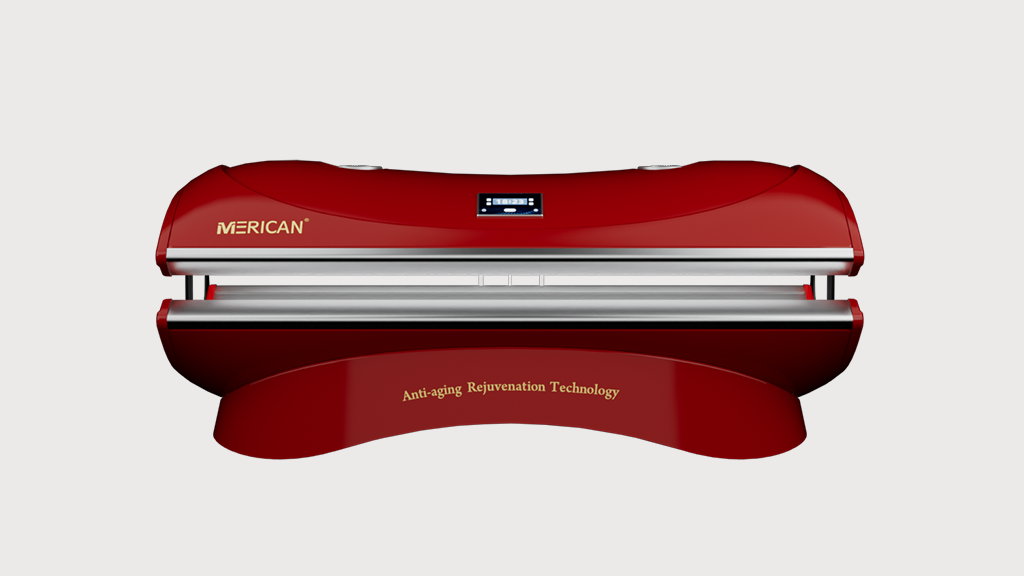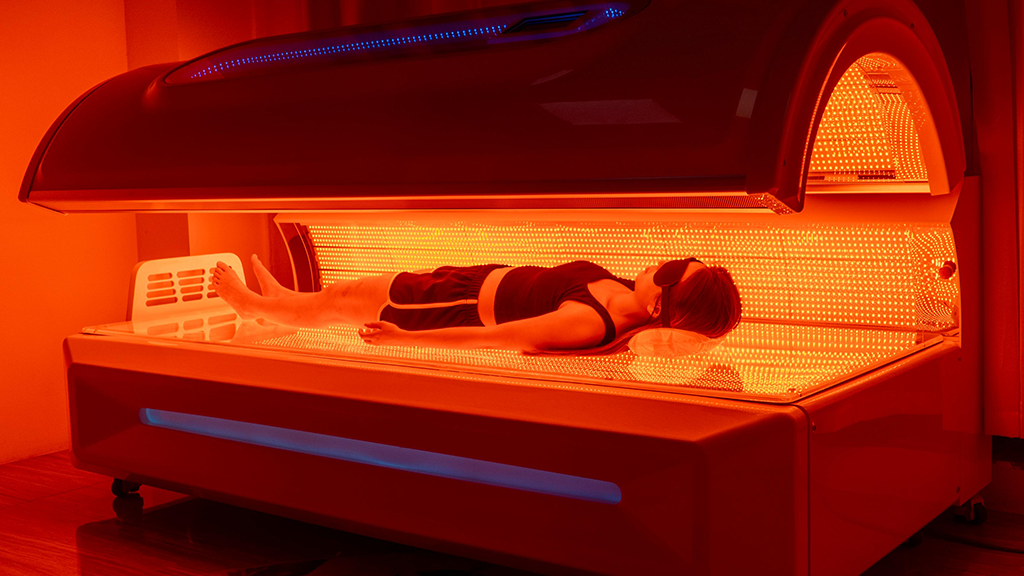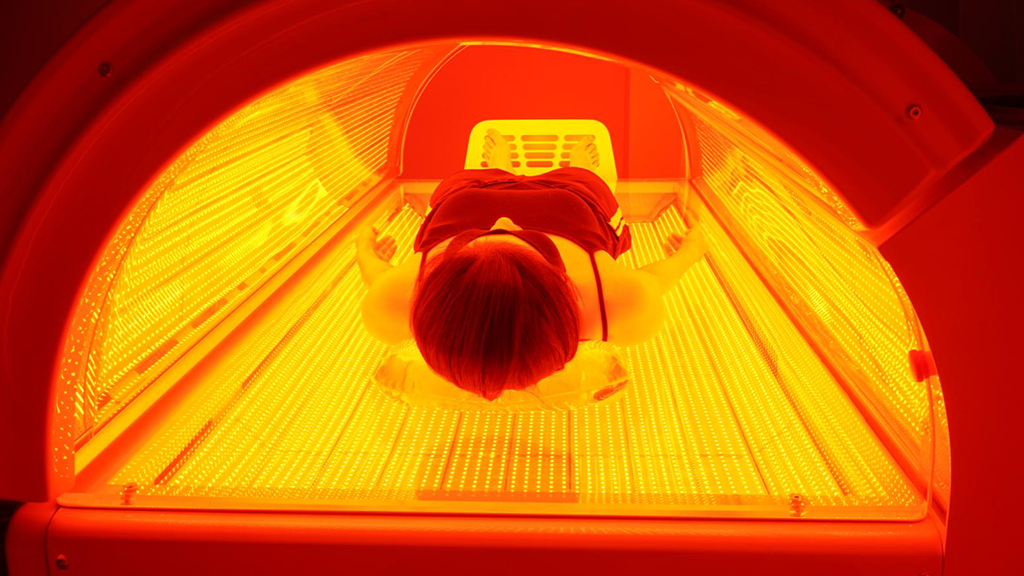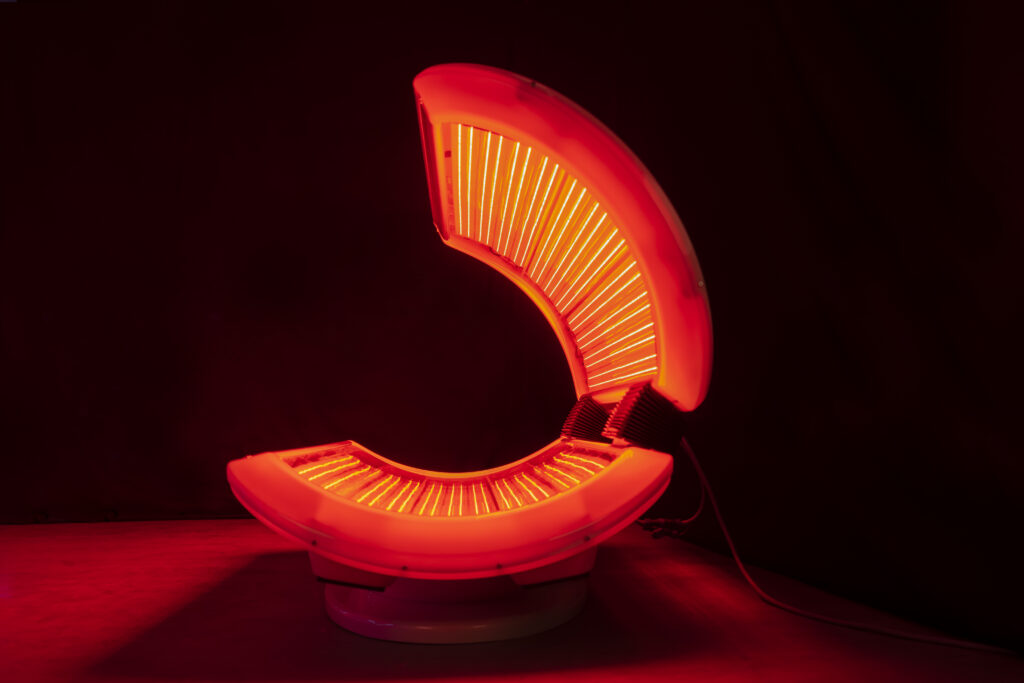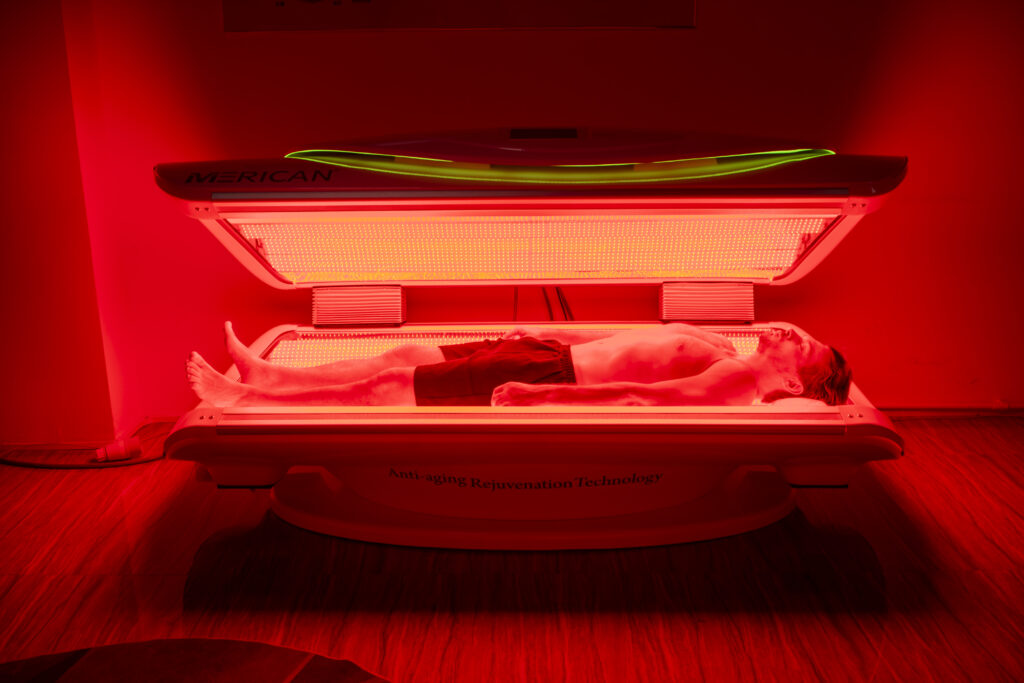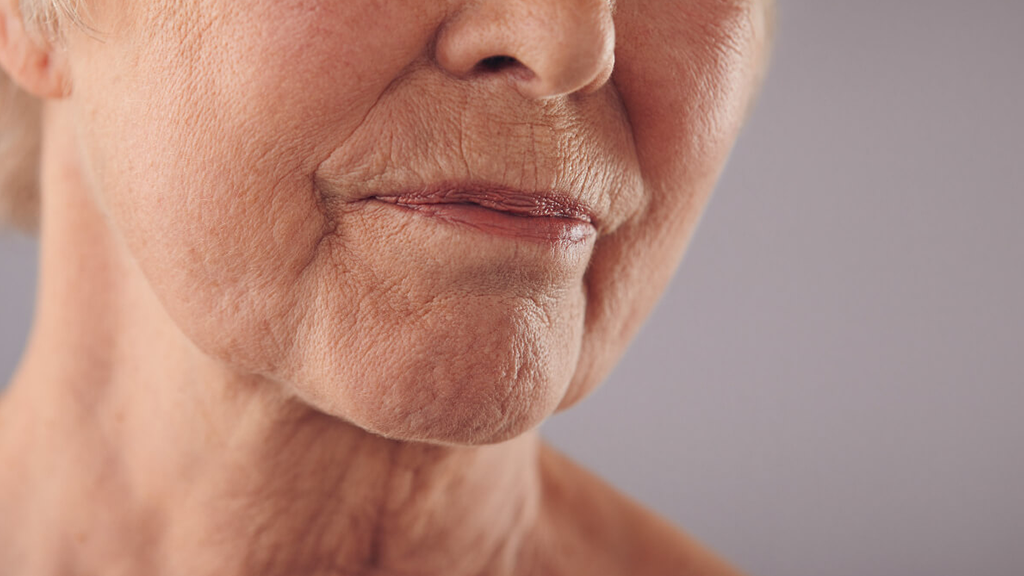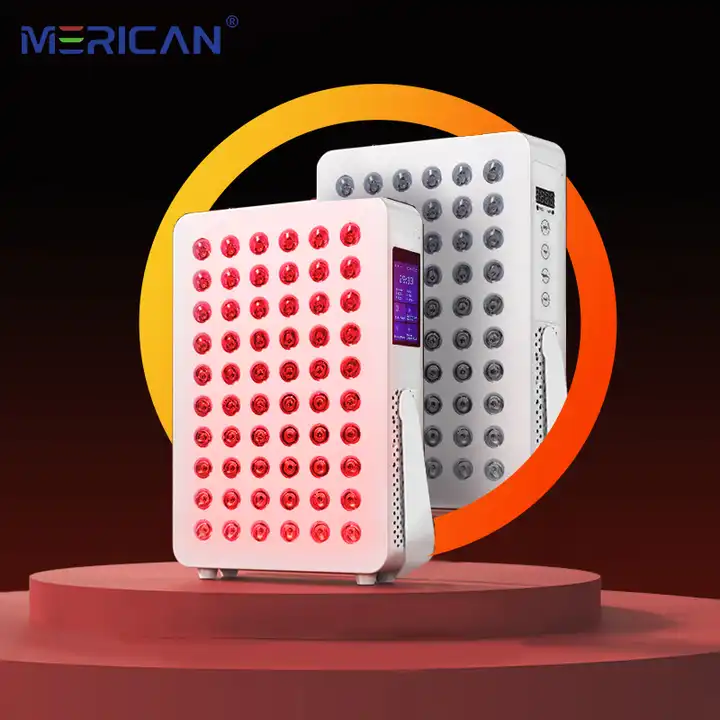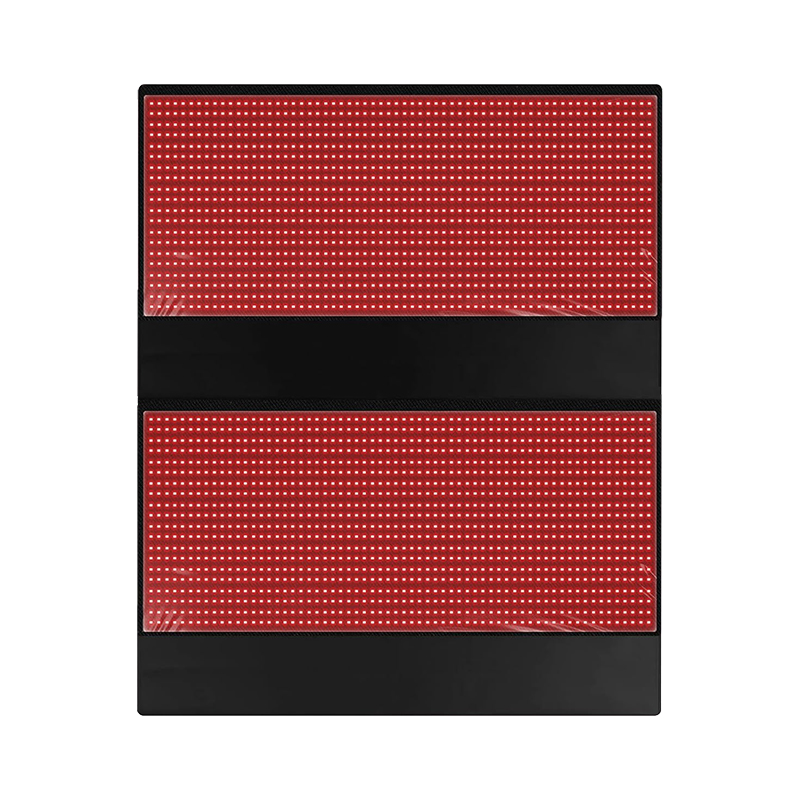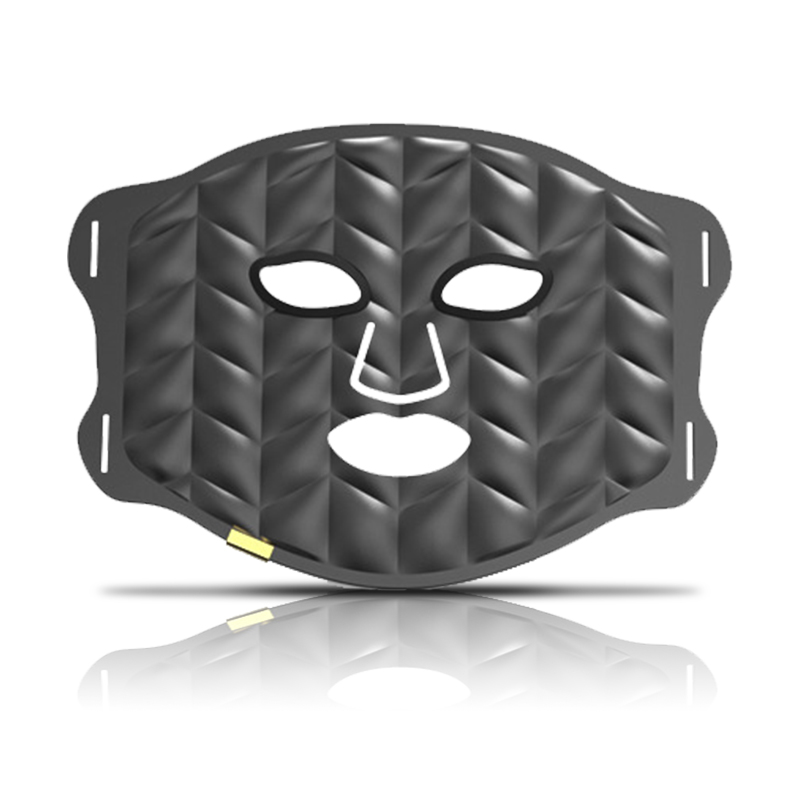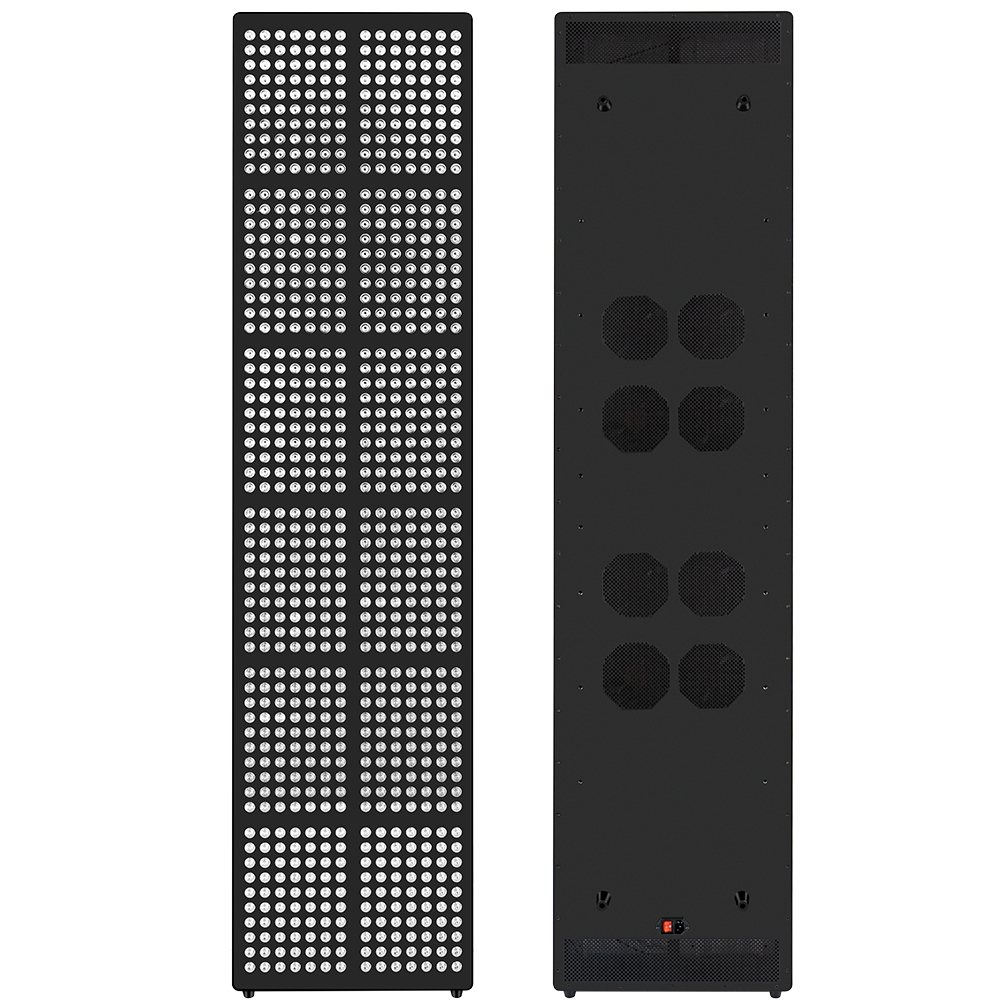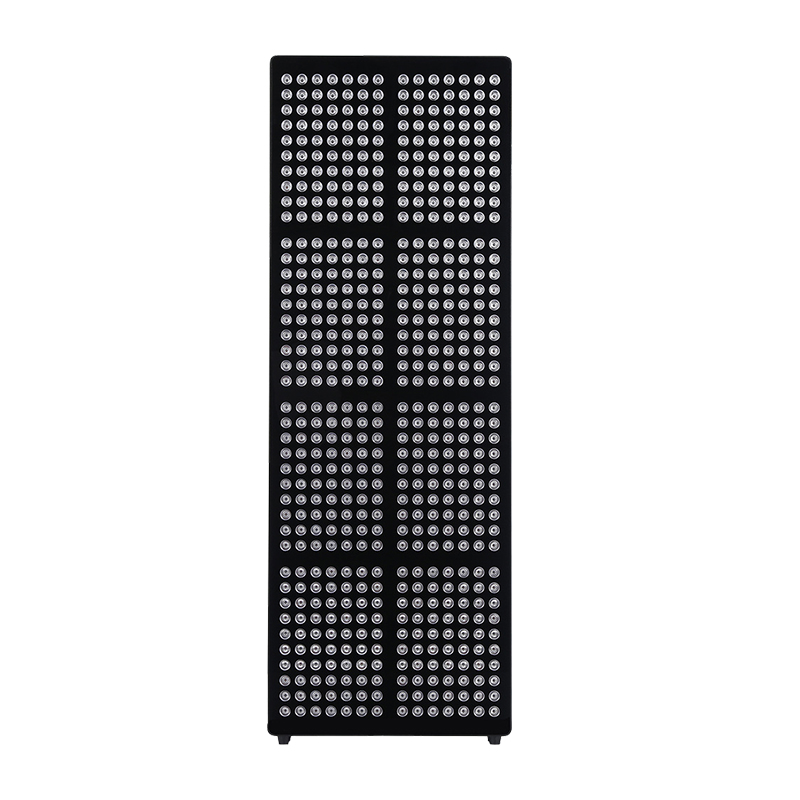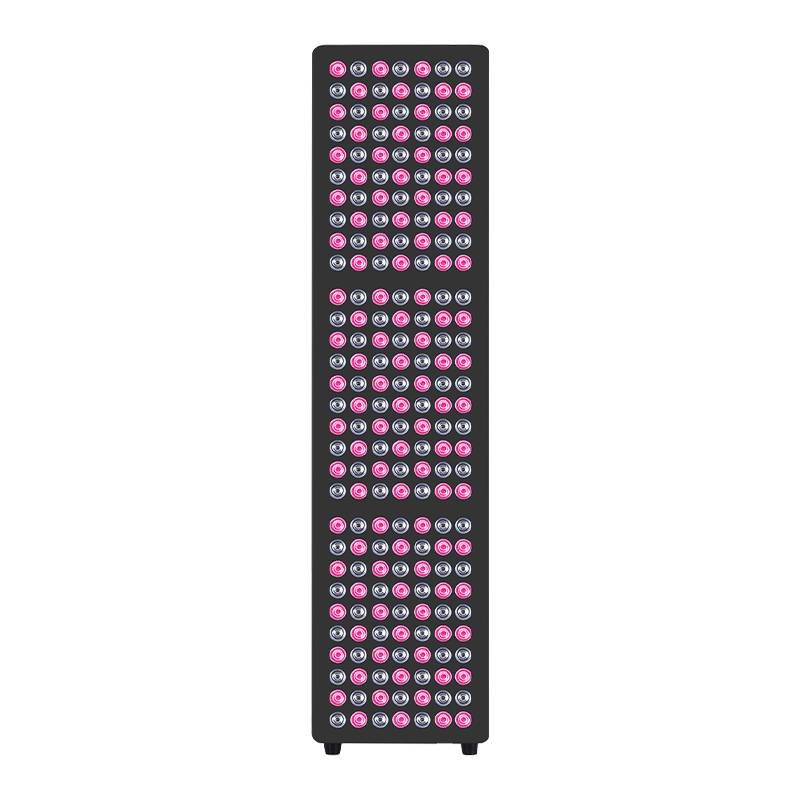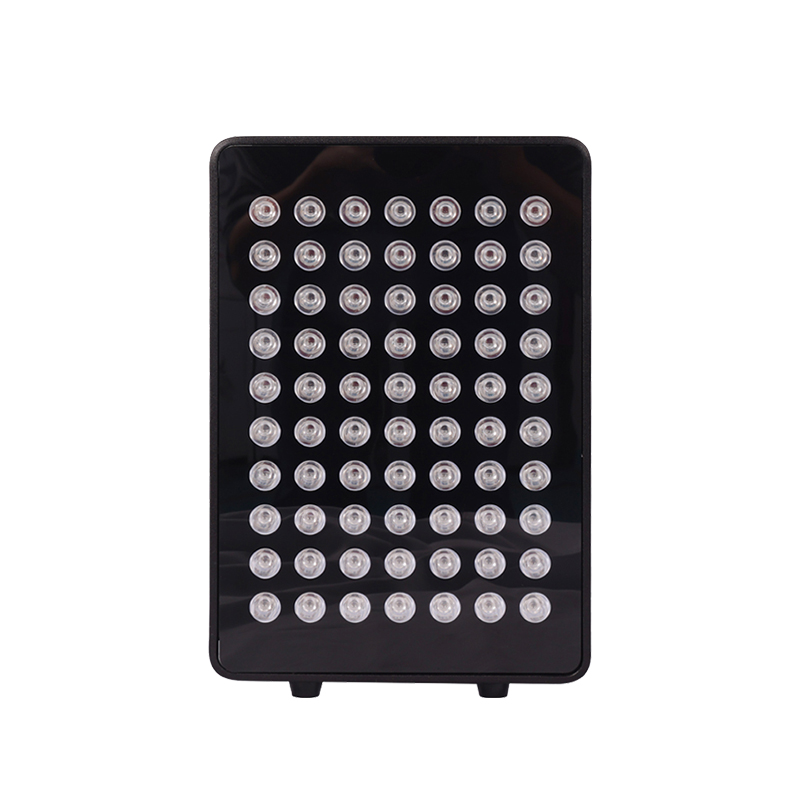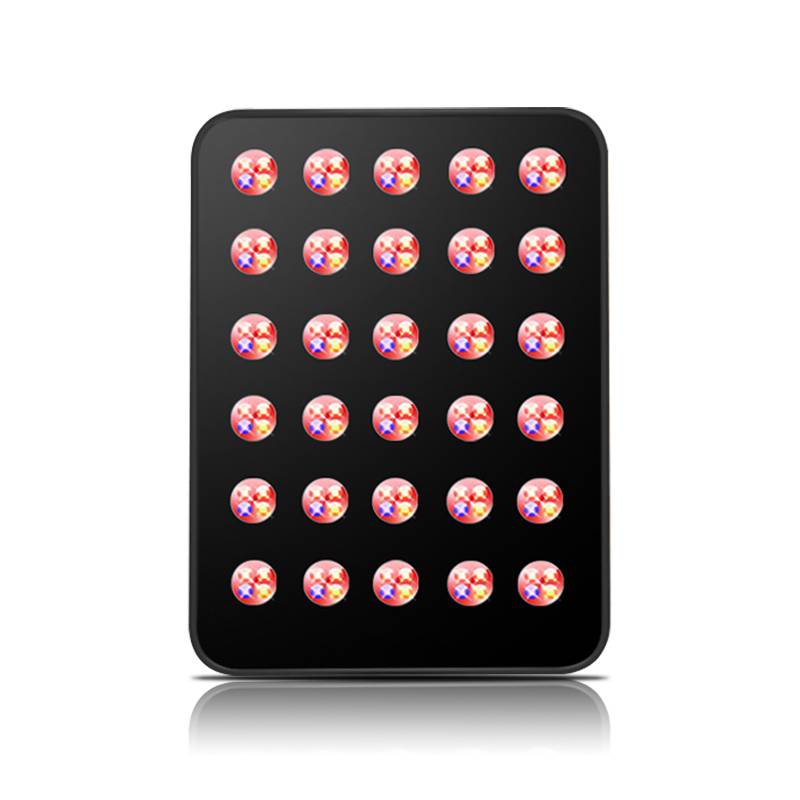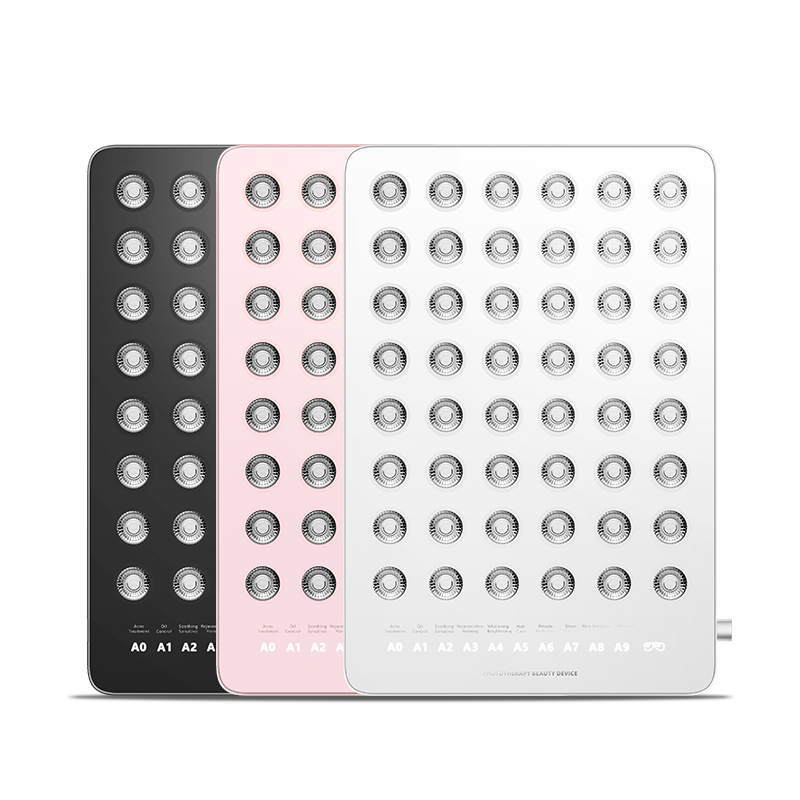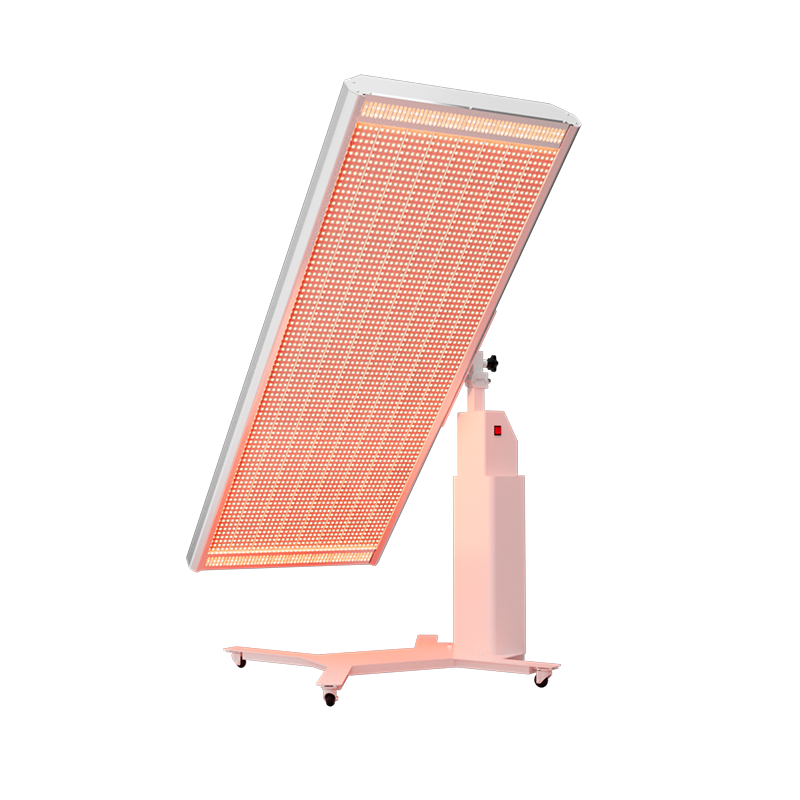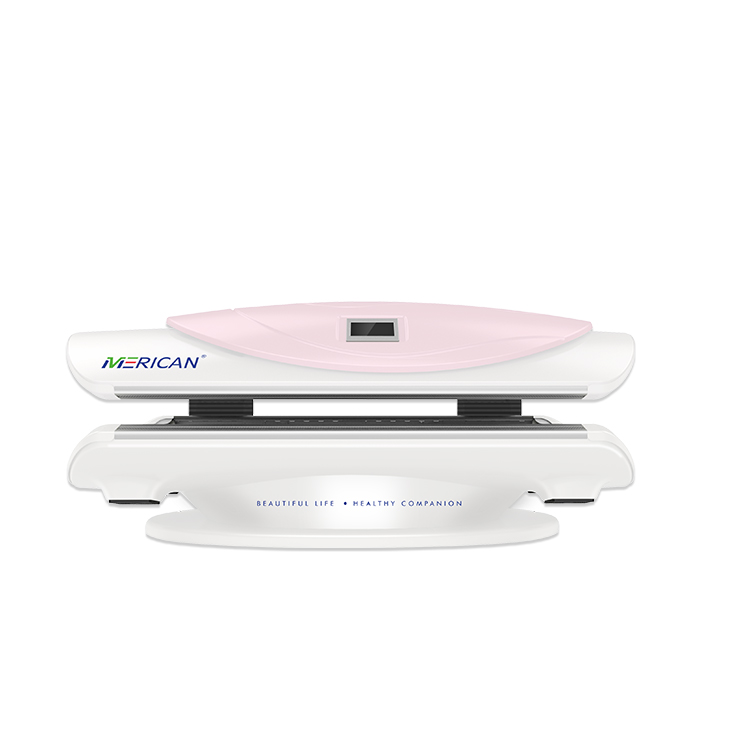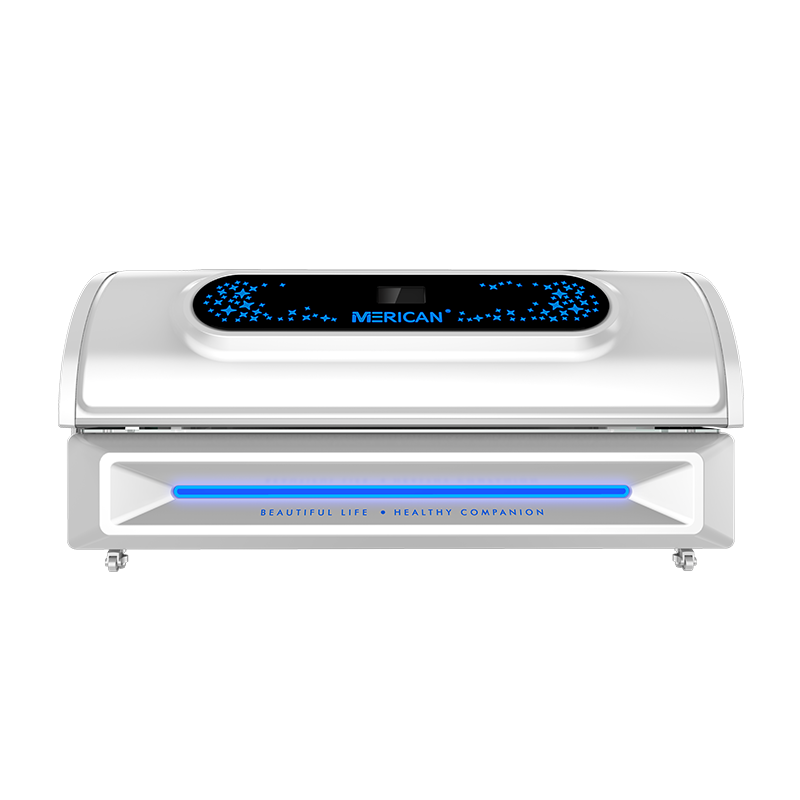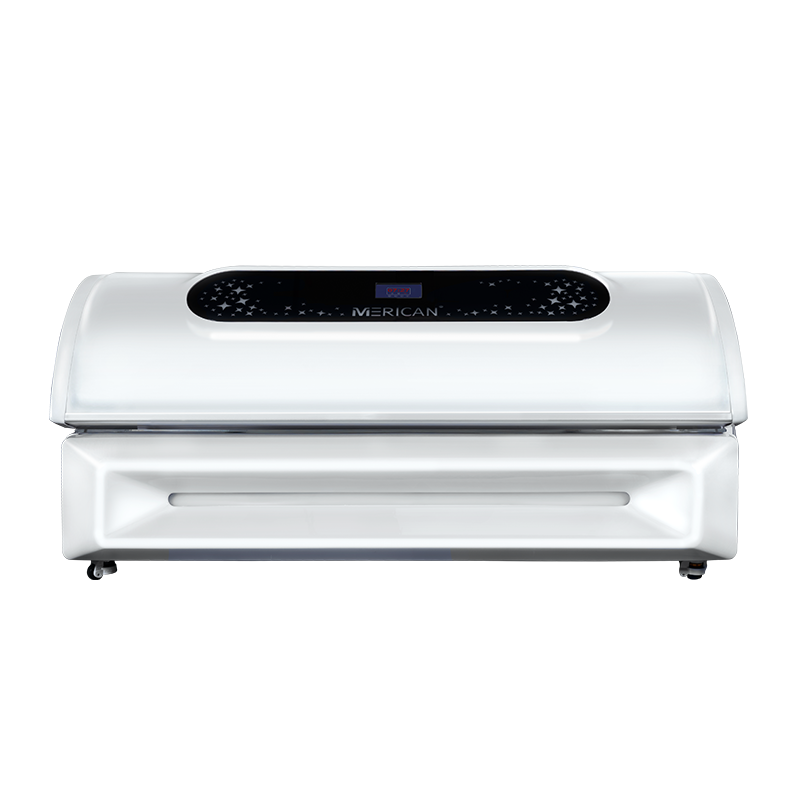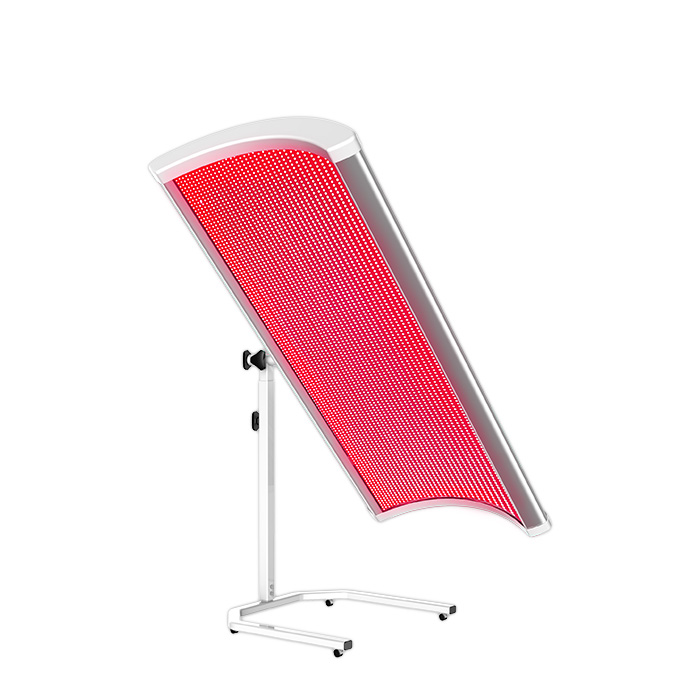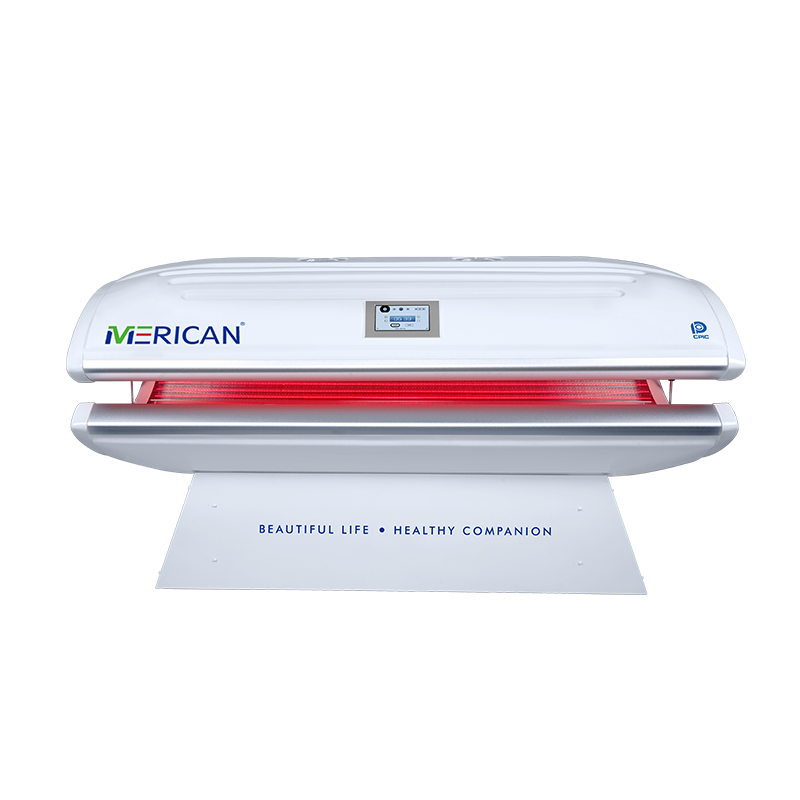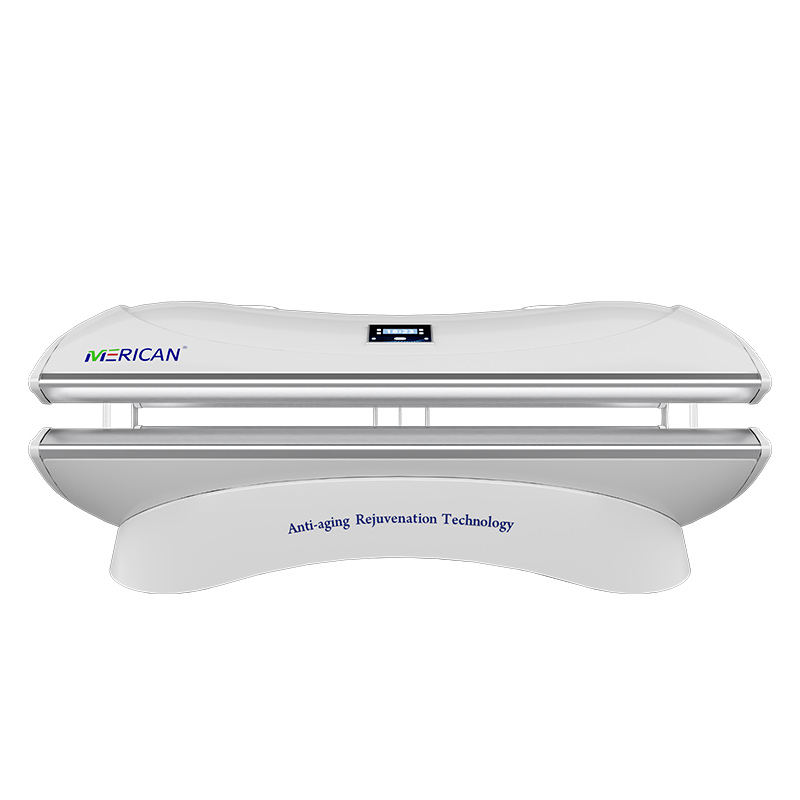Red light therapy (RLT), also known as low-level light therapy (LLLT) or photobiomodulation, uses specific wavelengths of red and near-infrared light (usually 630–660 nm for red and 810–850 nm for near-infrared) to stimulate cellular processes, accelerate healing, and improve overall tissue function.
It is backed by decades of research in dermatology, sports medicine, and regenerative medicine.
How Red Light Therapy Works
RLT works at the cellular level, primarily affecting the mitochondria — the “powerhouse” of cells.
- Photon absorption:
- Red and near-infrared photons penetrate skin and tissues.
- Cells absorb these photons through cytochrome c oxidase, an enzyme in the mitochondrial respiratory chain.
- Increased ATP production:
- Photon absorption stimulates mitochondria to produce more ATP (adenosine triphosphate) — the energy molecule of cells.
- More ATP means cells have more energy to repair, regenerate, and function efficiently.
- Cellular signaling & gene expression:
- RLT modulates reactive oxygen species (ROS) and nitric oxide (NO) in cells.
- This reduces inflammation, improves circulation, and activates repair genes.
Biological Effects of Red Light Therapy
| Effect | How It Works | Benefits |
|---|---|---|
| Collagen & elastin stimulation | Activates fibroblasts | Firmer, tighter, younger-looking skin |
| Wound healing & tissue repair | Increases ATP & blood flow | Faster recovery from injuries, scars, and burns |
| Reduced inflammation | Modulates ROS & inflammatory cytokines | Eases arthritis, muscle soreness, and inflammatory skin conditions |
| Pain relief | Improves circulation and nerve function | Helps chronic pain, joint discomfort, and post-exercise soreness |
| Enhanced circulation | Increases nitric oxide and microvascular flow | Improves oxygen & nutrient delivery, supports tissue repair |
| Hair growth stimulation | Activates follicle cells | Helps androgenic alopecia or hair thinning |
Depth & Wavelength Matters
- Red light (630–660 nm): Penetrates superficial layers (~5–10 mm) — ideal for skin, collagen, and pigmentation.
- Near-infrared (810–850 nm): Penetrates deeper tissues (~30–50 mm) — effective for joints, muscles, tendons, and nerve repair.
Most clinically effective devices combine both red and near-infrared wavelengths to target surface and deep tissues simultaneously.
Supporting Scientific Evidence
- Skin rejuvenation: Multiple studies show reduced wrinkles, improved skin elasticity, and faster healing of scars.
- Pain & inflammation: Randomized trials demonstrate reduced joint pain and stiffness in arthritis and tendonitis.
- Wound healing: Studies in burns and surgical wounds show faster tissue repair.
- Hair regrowth: Clinical trials show increased hair density in androgenic alopecia.
References:
- Hamblin, M.R., Photomedicine and Laser Surgery, 2017
- Avci P. et al., Seminars in Cutaneous Medicine and Surgery, 2013
- Chung H. et al., Annals of Biomedical Engineering, 2012
How to Maximize Effectiveness
- Wavelength: Use 630–660 nm red + 810–850 nm near-infrared for most benefits.
- Session duration: 10–20 minutes per area.
- Frequency: 3–5 times per week.
- Device quality: Choose devices with high irradiance / power output for meaningful therapy.
Overexposure is generally safe but unnecessary — stick to recommended times and distance for best results.
Bottom Line
Red light therapy works by energizing cells, reducing inflammation, and enhancing repair mechanisms through photobiomodulation.
It has wide-ranging benefits for skin, muscles, joints, and overall cellular health, backed by scientific research and clinical trials.
Professional devices like MERICAN red light therapy systems combine 660 nm red + 850 nm near-infrared LEDs, ensuring both surface skin and deep tissue benefits in one therapy session.

